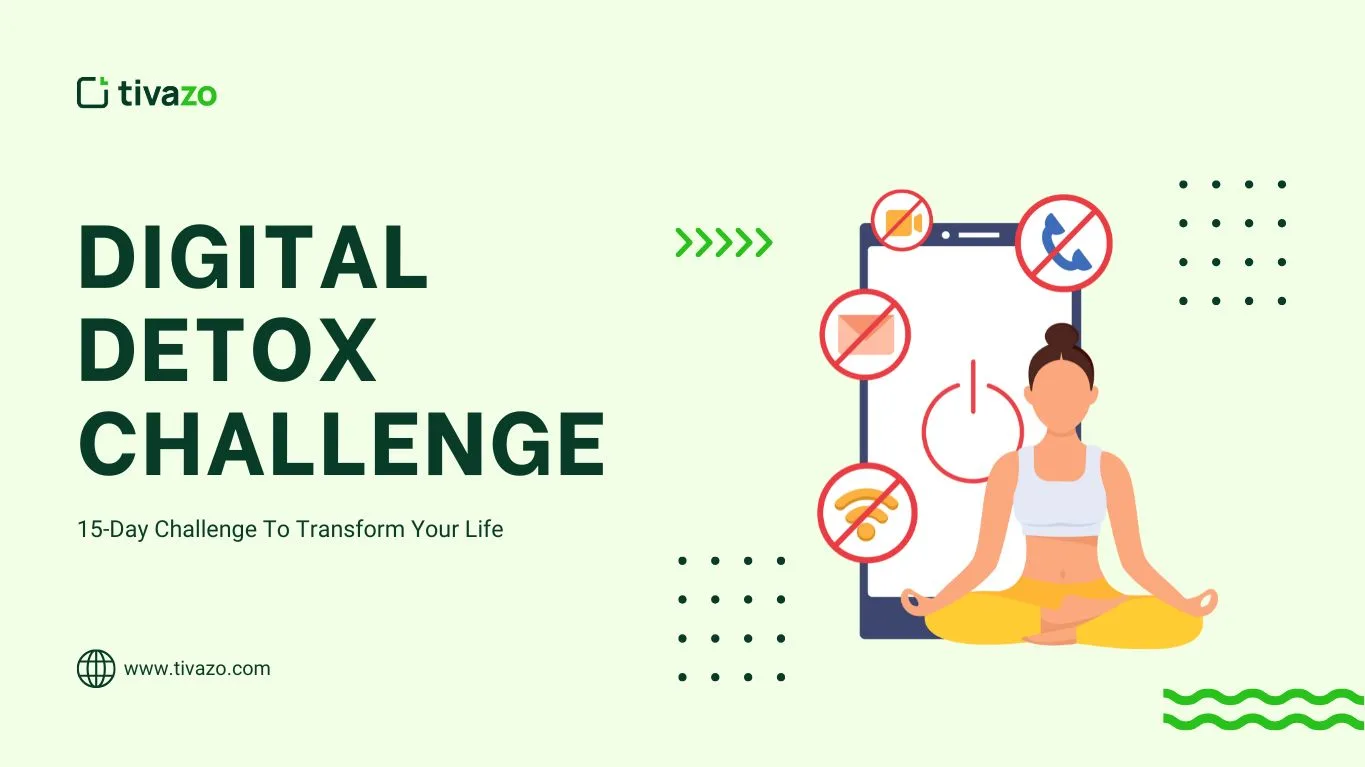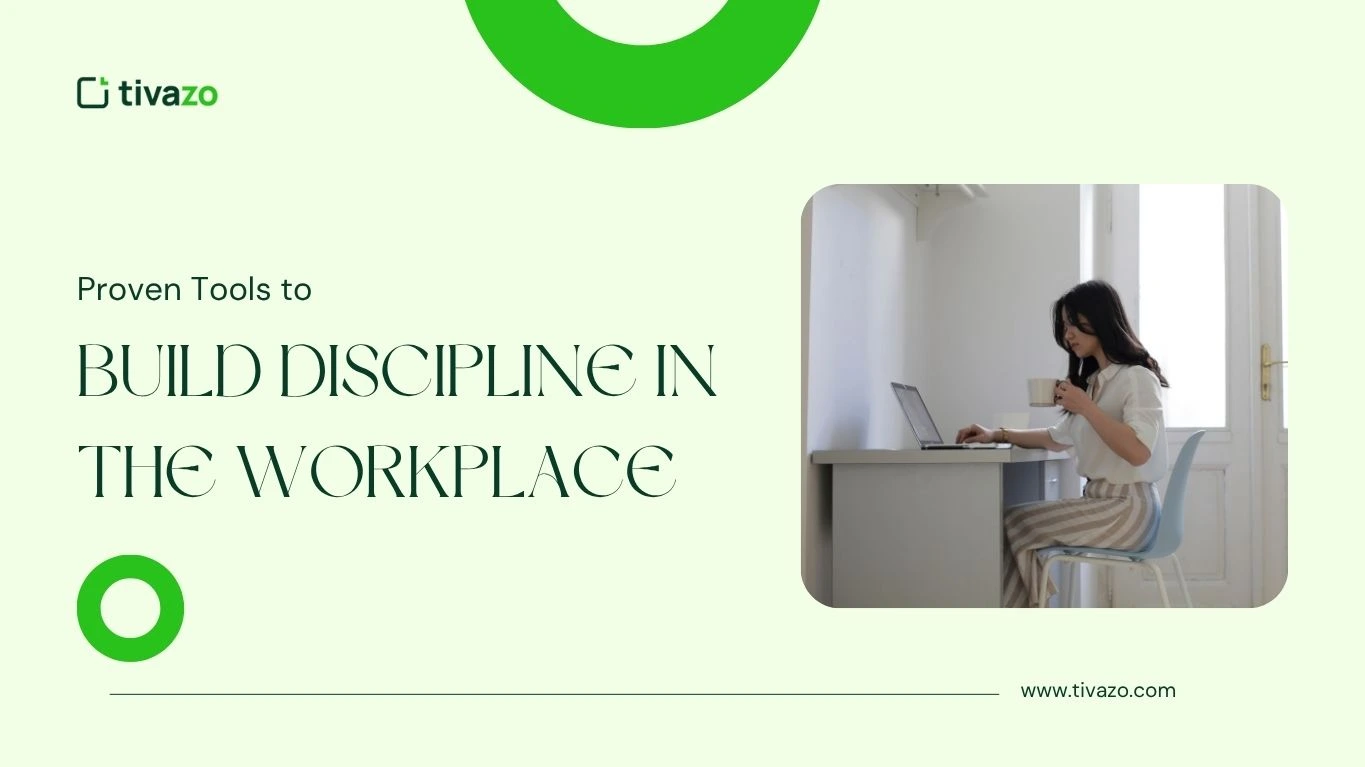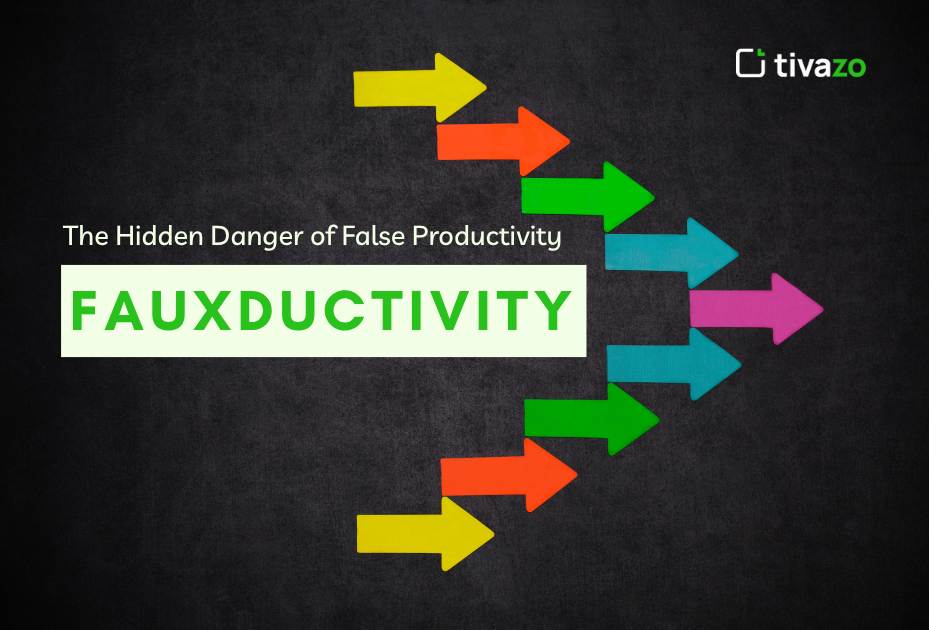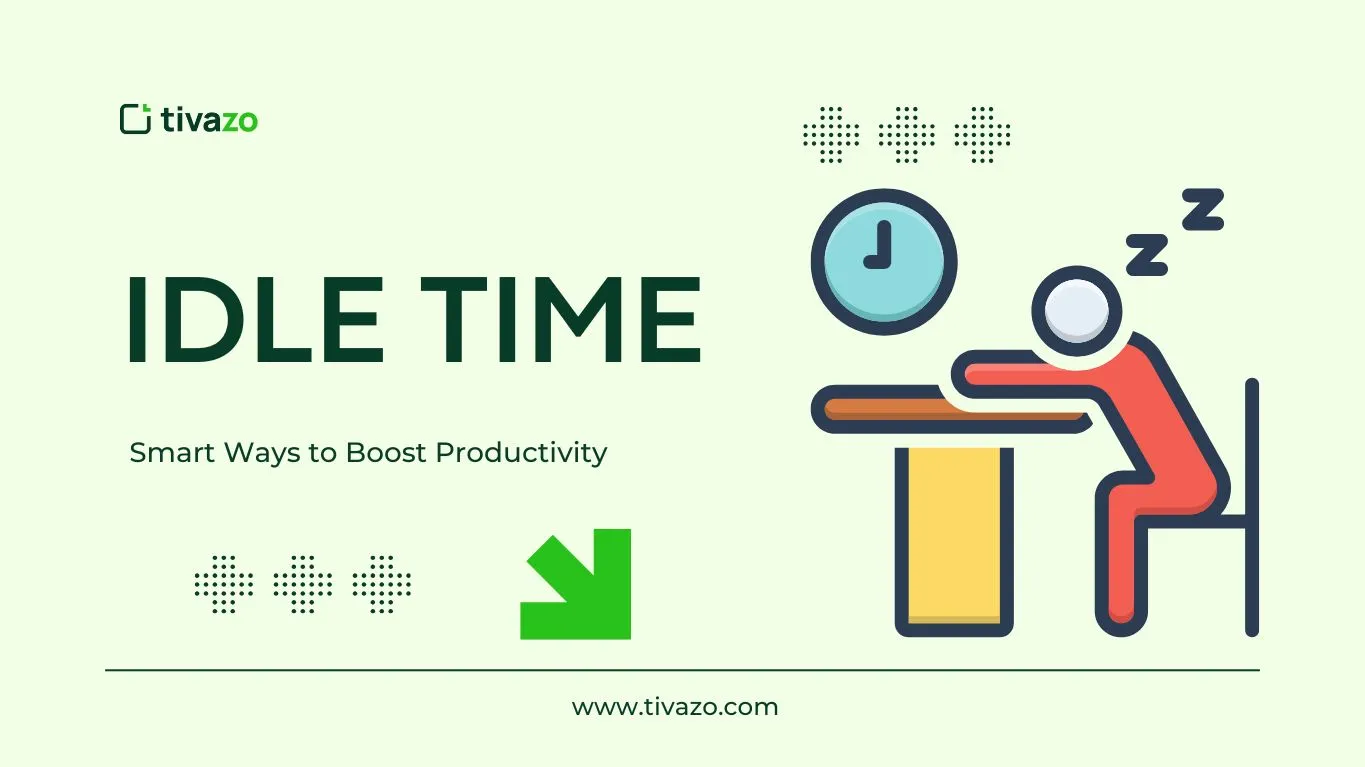A Digital Detox Challenge is a temporary but serious commitment to completely remove yourself from digital devices (phones, social media, email, and screens) to reclaim your attention, energy, and emotional clarity. For 15 days, you step away from the digital madness to reconnect with the moment.
In a world where the average person spends more than 6 hours a day interacting with screens, a detox isn’t simply a treat – it is essential to your brain’s survival. A digital detox isn’t about ditching technology altogether; it is about a reset on your digital life before your digital habits reset you.
Key Highlights:
- Why You Need a 15-Day Digital Detox Now
- 7 Transformational Benefits of a Digital Detox Challenge
- How to Prepare for a Successful Digital Detox
- 15 Days, 15 Tech-Free Activities to Rewire Your Brain
- Common Challenges During a Digital Detox and How to Overcome Them
- How to Maintain Your Digital Detox Habits After the Challenge
Why You Need a 15-Day Digital Detox Challenge Now
If you are constantly feeling drained, distracted, or anxious, you are not alone. Digital overload is real, and it is influencing how we think, how we feel, and how we live.
Here’s what digital overload is doing to you without you realizing:
- Mental fatigue due to a life of incessant pings and notifications
- Anxiety spikes that are boomeranged from doomscrolling and comparison pitfalls
- Burnout symptoms, even though you are not physically working
- Digital habits which suck away your energy daily, everyday
This is where the 15-day digital detox challenge becomes transformational: it is long enough to change your habits but short enough to ensure success.
7 Transformational Benefits of a Digital Detox Challenge
Let’s break down what happens when you unplug intentionally for 15 days

1. Regain Mental Clarity
In a world of endless tabs, endless alerts, and a scrolling habit, we are constantly shifting attention. The input you receive is jumbled and subsequently clouds the mental lens and creates fatigue, uncertainty, confusion, and indecision.
But when you do a detox, one of the magical things that happens is that the noise goes away. After just a few days, you begin to see the world more clearly, make more solid decisions, and feel less chatter in your mind.
You go from reacting to reflection–that space is where clarity lives.
When you’re being bombarded with 100 things every hour, you can only recognize the things that really matter.
2. Improve Sleep Quality
Your sleep suffers from blue light, choosing to scroll instead of sleep, and constant stimulation creates chaos in your circadian rhythms.
Detox magazine was completely void of plugged-in media for 15 days (not even a TV), so you can imagine I was shocked to find that 3 nights without tech (3 in a row) resulted in me getting to sleep much faster, waking up less often, and feeling rested when I woke.
When you remove your screens, 1 or 2 hours before your planned sleep time, you allow your brain to create melatonin again. Your dreams become more vivid, your mornings become easier, and your whole day is better–all because you unplugged.
“Sleep isn’t just rest—it’s repair. And it begins when the screen turns off.”
3. Reconnect with Real Life
The digital world is loud. Fast. Addictive.
But it’s not real life.
As you detox, you start to reconnect with the world around you. You start taking walks without checking your phone. You journal without distractions.
You talk to people instead of texting them while doing something else. Conversations get deeper. Nature gets richer. You start to feel present, not just physically, but emotionally.
“When the phone’s down, the world shows up.”
4. Boost Productivity
After a week of not consuming from a million tabs, notifications, Slack messages, and social media loops eating your attention, you get to finally experience deep work again.
By Day 4 or 5, your brain starts to enter flow mode faster and longer. You get more done in less time without feeling drained. The mist and fog clear, and you can: Finish that project you have thought about starting months ago
Read a book longer than 2 minutes without getting distracted
Think creatively again. You reclaim your attention and focus, the most valuable resources of the 21st century.
“Productivity isn’t about doing more—it’s about finally doing what matters.”
5. Reduce Anxiety
Here’s a little-known fact: notifications elevate cortisol. Each ding, buzz, or badge triggers the fight-or-flight response in your brain – the machine that develops your anxiety.
When you go on a digital detox challenge, you drastically reduce the external stimuli that hijack your nervous system and create anxiety. Without the stimulus of digital interruptions, your body calms down. Without the stimulus of digital comparison, your self-esteem finds some stability.
Anxiety begins to dissolve. Not because your life and circumstances have changed, but because you’ve stopped feeding the fear machine.
“A silent phone often leads to a quiet mind.”
6. Strengthen Relationships
Digital distractions take a toll on intimacy. Whether you’re surfing the web during dinner, answering emails during family time, or tuning in and tuning out while someone is talking to you through Zoom or the phone, the options the screens provide distance you from real connection.
When you detox, you begin to look people back in the eye. You can be present, receive, and respond, and you notice other people responding in kind. At every level, for romantic partners, friend,s or teammates, your presence says:
“You matter more than my screen.”
That makes all the difference.
“Presence is the currency of real connection.”
7. Build Healthier Digital Boundaries
The purpose of a digital detox challenge is not to banish technology for good. The point is to reset your relationship to tech.
By Day 15, you’ll know:
Which apps help you, and which apps own you? When to log off, and how to log off. That tech is a potential tool, rather than a trap.
You’ll start using apps that help reduce phone time, rather than increase it. You’ll choose to engage, rather than escape. As a result, you’ll feel the power of controlling your time again.
“A boundary with your phone is a breakthrough for your brain.”
What Happens to Your Brain & Productivity During a Detox
When you unplug from digital distractions, your brain gets an opportunity to reset and heal. The constant barrage of screen time has probably inundated your mind with overstimulation, worn down your focus, and upped your stress levels. A digital detox challenge will allow you to rebalance key brain chemicals, increase your ability to concentrate, and reduce your stress hormones, helping to provide your mind with the clarity and calm needed to perform optimally.
- You recover dopamine balance via decreased overstimulation
- Your prefrontal cortex (focus control) strengthens
- You lower cortisol (stress hormone) levels
- Memory recall improves, and decision fatigue lessens
Your brain begins to work for you, rather than your device.
How to Prepare for a Successful Digital Detox Challenge

1. Identify Your Digital Triggers
When starting a successful digital detox challenge, awareness is necessary. To start, take some time to pay attention to which applications, or digital habits, draw you in without you even being aware of it. Is it mindlessly scrolling through social media? Or checking your emails or newsfeeds constantly? Those unconscious triggers likely waste more time and mental energy than you realize. Recognizing your triggers first allows you to focus on exactly what needs to change during your detox and allows you to break out of those habits.
2. Set Clear Rules and Boundaries
Next, create clear and realistic rules for your detox. When on your digital detox challenge, decide which devices or applications you want to limit or eliminate. For example, are you going to allow any work screen time and cut out entertainment and social media? Defining these boundaries and clarifying your intentions before your detox will eliminate any confusion and ensure accountability to stay within the agreed-upon limits. When these rules are defined clearly, it is easier to maintain and adhere to your plan and not slip back into poor habits.
3. Plan Offline Activities
A detox is more than putting down screens; it’s about filling those spaces with meaningful activities. Make plans for offline activities: journaling, walking, cooking, picking up an artistic hobby, etc. Offline activities will keep your mind busy with something besides a screen and reconnect you with your surroundings. Filling your time with positive tech-free habits makes your detox entertaining and maintainable.
4. Create Accountability
Accountability greatly increases your chances of success. Share your detox goals with friends, family, or colleagues, and invite them if you can. Posting what you’ve accomplished on social media and/or being part of a detox group increases motivation when the road is hard. You know there are others bearing witness to your honesty and knowing you have their support.
5. Use Tools to Stay Mindful
Ironically, certain digital tools can help you detox more completely. Apps for focus, like Freedom, Forest, and Moment, track your screen time and keep distracting apps out of reach for your detox time. These tools do not control you, just as your phone does not control you, but they are an empowering way to take control of your digital habits. Using mindful technology during the course of your detox may allow you to create healthier habits that stick long after your challenge is over.
15 Days, 15 Tech-Free Activities to Rewire Your Brain
| Day | Tech-Free Habit |
|---|---|
| 1 | Go for a phone-free walk in nature |
| 2 | Write in a journal for 20 minutes |
| 3 | Cook a new recipe without screens |
| 4 | Meditate for 10 minutes |
| 5 | Call a friend (no texting) |
| 6 | Read a physical book |
| 7 | Declutter your digital files |
| 8 | Create a gratitude list |
| 9 | Do a puzzle or board game |
| 10 | Listen to music with eyes closed |
| 11 | Organize a screen-free dinner |
| 12 | Practice deep breathing |
| 13 | Paint or sketch something |
| 14 | Plan your next tech-free weekend |
| 15 | Reflect: Write how your detox changed you |
Common Challenges During a Digital Detox Challenge and How to Overcome Them

When you first begin a digital detox challenge, it can feel like a whole new experience, or even a massive challenge, and it’s entirely normal to have barriers to overcome. Many, if not all, might simply be bored, or feel like they have downtime, without their convenient devices, and are simply looking at their devices to fill the “gap”. Or, the FOMO (Fear Of Missing Out) of social updates, news, etc., is so strong that many become anxious and are excited to break the detox beforehand.
Many compulsively checking their devices is a habit that is deeply rooted. It doesn’t even feel like it is ever necessarily a conscious decision sometimes. Overcoming each of these challenges requires different mixed approaches of practical and mental shifts. Try to fill and balance your phone screen time with engaging offline activities. Remember your detox “why” when you feel like giving it up…and make sure you use accountability partners.
Maybe use productivity tools that can help you minimize your interaction with many of the distracting apps by allowing you to streamline your workflow. If you provide yourself with clarity of purpose, you have an easier time resisting any urges to check your device for no good reason.
How to Maintain Your Digital Detox Habits After the Challenge
Finishing your 15-day digital detox challenge is an incredible accomplishment, but you won’t see the real benefits of your detox until you’ve sustained those habits after your detox is completed. Instead of falling back into your old technology habits, you want to be intentional as you go back to technology.
Determine limits for screen time each day, for example, tech-free zones – a certain time of day (dinner time?), tech-free hours, etc. There are tools and apps out there to help you with digital minimalism and mindful technology that can serve as your reminder to pause from the screen. You can also do regular mini-detoxes, such as screen-free weekends or a ‘social media break’ each month, that can further reinforce your new limits.
Then you can develop a long-term, sustainable relationship with technology where you are in charge of your devices, not the other way around.
Ready to Reboot? Join the 15-Day Digital Detox Challenge Now
This isn’t a blog. It’s your invitation to take back your life.
- Silence the noise
- Reset your brain
- Reignite your focus
Begin your 15-Day Digital Detox Challenge today.
Your life is calling. And this time—it’s not a notification.




